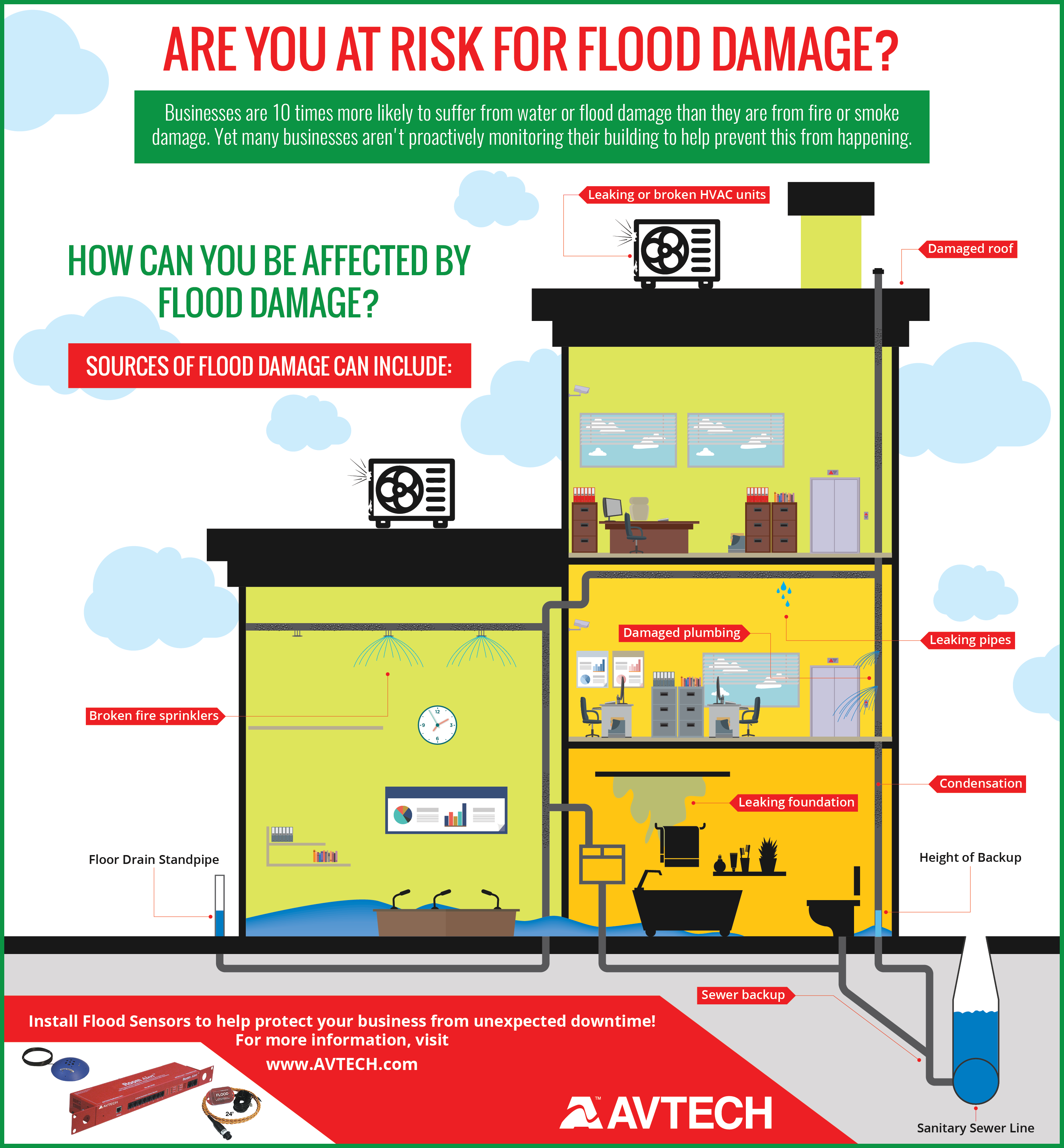Comprehending The Influence Of Environment Conditions On Photovoltaic Panel Performance: Key Truths To Take Into Consideration
Comprehending The Influence Of Environment Conditions On Photovoltaic Panel Performance: Key Truths To Take Into Consideration
Blog Article
Content Composed By-Underwood Rafn
When it pertains to solar panel effectiveness, understanding just how climate condition come into play is vital. Image this: your solar panels indulging in the sun's glow, soaking up energy to power your home. Yet what happens when clouds roll in or temperature levels rise and fall? How does that effect your power production? By delving right into the complex dancing in between climate and solar panels, you'll uncover vital understandings that can aid you make the most of your renewable energy configuration. Explore the nuances of sunlight strength, temperature impacts, and the function of cloud cover and rainfall in maximizing your solar panel performance.
Effect of Sunlight Intensity
Occasionally, the strength of sunlight can dramatically influence the efficiency of solar panels. When the sunshine is solid and direct, your photovoltaic panels produce even more electricity. Nonetheless, throughout cloudy days or when the sunlight goes to a reduced angle, the panels receive much less sunlight, lowering their effectiveness. To make best use of the power outcome of your photovoltaic panels, it's critical to mount them in locations with ample sunlight direct exposure throughout the day. Consider variables like shielding from nearby trees or buildings that can block sunshine and lower the panels' performance.
To enhance the effectiveness of your solar panels, frequently clean them to get rid of any type of dust, dust, or particles that might be blocking sunlight absorption. Additionally, ensure that straight from the source are tilted appropriately to get one of the most direct sunlight possible.
Impact of Temperature Level Changes
When temperature level modifications occur, they can have a considerable influence on the effectiveness of photovoltaic panels. Solar panels operate best in cooler temperatures, making them much more reliable on moderate days contrasted to very warm ones. As https://www.aboutamazon.com/news/sustainability/amazon-expands-its-renewable-energy-projects-with-firsts-in-brazil-india-and-poland enhances, solar panels can experience a reduction in effectiveness because of a sensation known as the temperature level coefficient. This impact triggers a reduction in voltage result, ultimately impacting the general power production of the panels.
Conversely, when temperature levels go down also low, solar panels can additionally be impacted. Incredibly chilly temperatures can lead to a decrease in conductivity within the panels, making them less reliable in producing electrical energy. https://damientcltc.blogproducer.com/36775749/an-extensive-look-at-the-economic-gains-from-setting-up-solar-panels is why it's critical to take into consideration the temperature level conditions when mounting solar panels to optimize their performance.
Function of Cloud Cover and Rainfall
Cloud cover and rainfall can significantly influence the effectiveness of photovoltaic panels. When clouds obstruct the sun, the amount of sunlight reaching your photovoltaic panels is decreased, leading to a decrease in power manufacturing. Rainfall can additionally affect solar panel performance by obstructing sunlight and developing a layer of dirt or grime on the panels, further decreasing their capability to generate electrical energy. Even light rain can spread sunshine, causing it to be less focused on the panels.
Throughout overcast days with heavy cloud cover, photovoltaic panels might experience a significant drop in power output. However, it's worth noting that some modern solar panel technologies can still generate power even when the sky is cloudy. Additionally, rainfall can have a cleaning result on solar panels, getting rid of dust and dust that may have collected over time.
To maximize the performance of your solar panels, it's vital to consider the impact of cloud cover and rains on energy manufacturing and make certain that your panels are appropriately kept to withstand differing weather conditions.
Conclusion
To conclude, weather condition plays a considerable role in the efficiency of your photovoltaic panels. Taking full advantage of sunshine exposure, taking care of temperature level adjustments, and keeping an eye on cloud cover and rains are key variables to take into consideration for optimal power generation. Normal upkeep, such as cleaning panels, is crucial for preserving peak performance. By understanding how weather affects your photovoltaic panel performance, you can make informed choices to take full advantage of energy result and cost savings.
